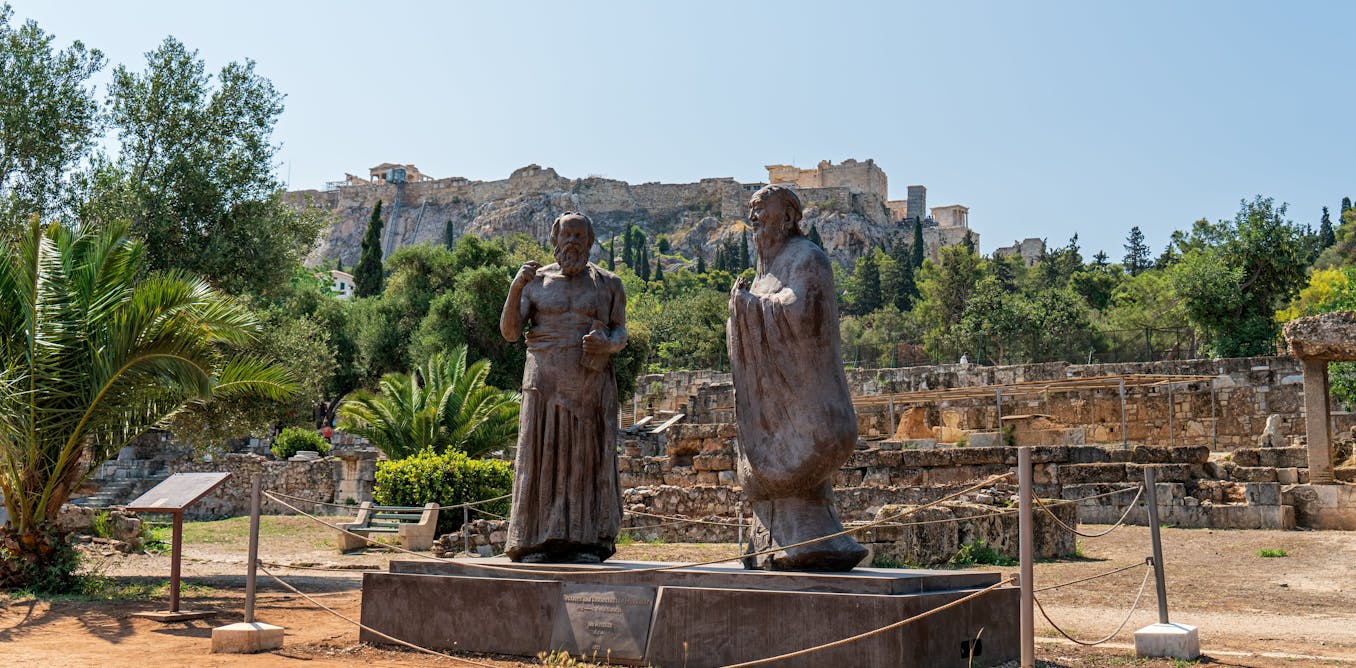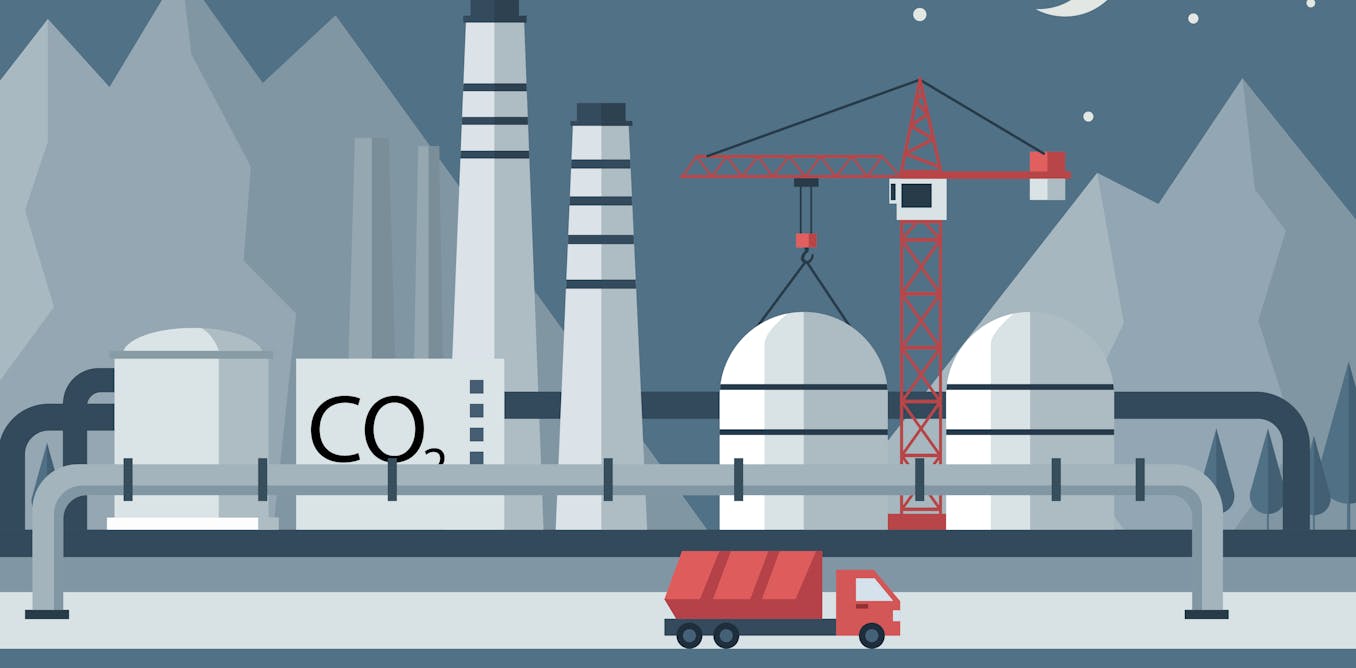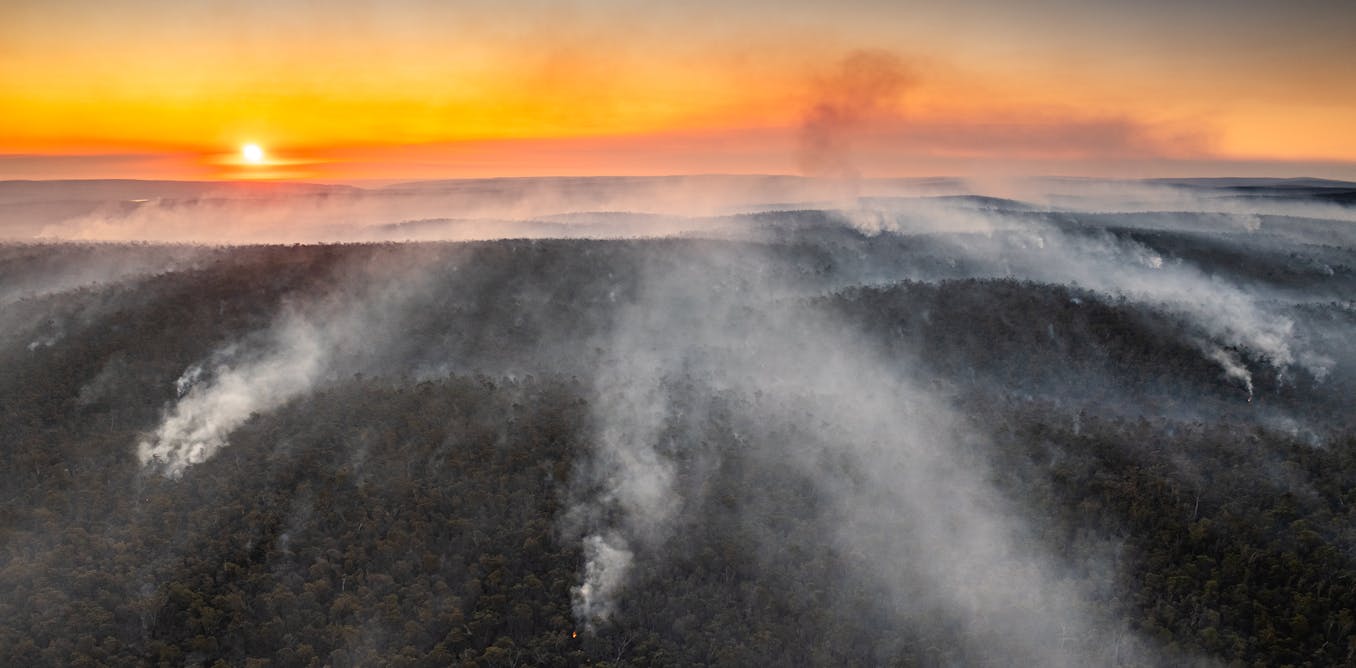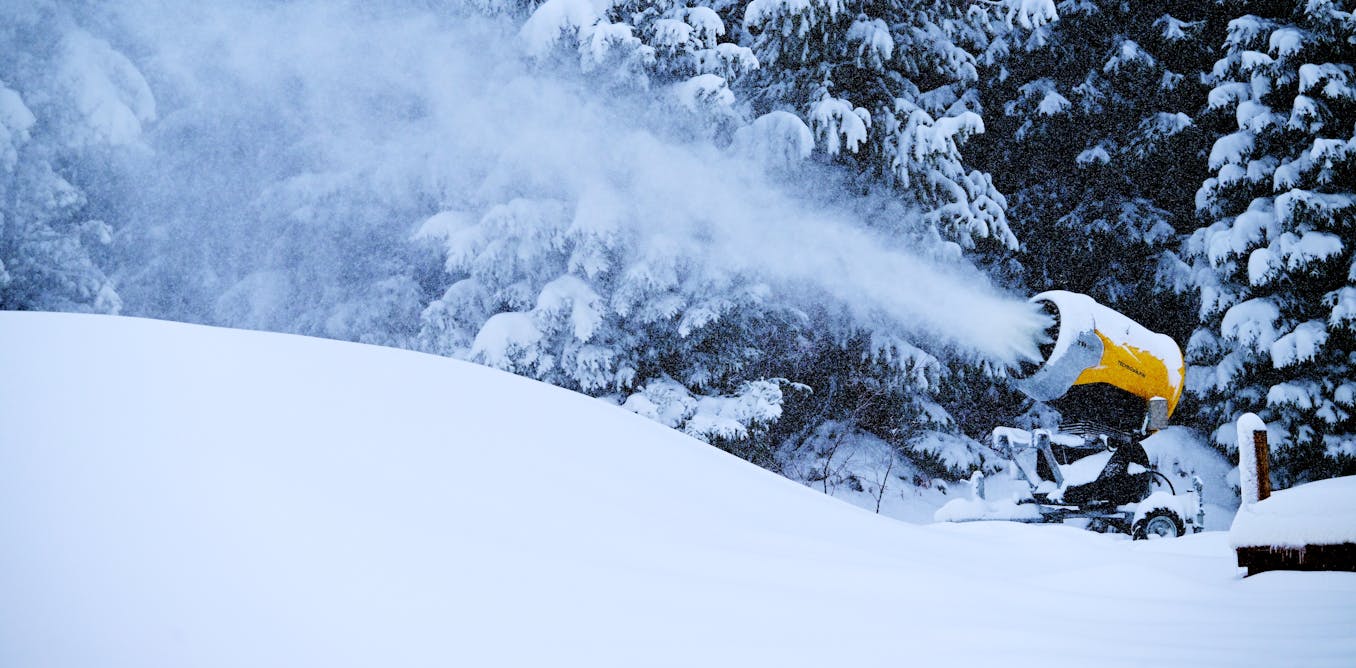The Kanazawa railway hub – Where tradition and high-speed meet in Japan | DW Documentary
A huge wooden gate, like that of a Shinto shrine, is the landmark of Kanazawa. The main railway station of the metropolis in western Japan is reminiscent of a religious site.
The film shows viewers a metropolis where rail transport plays an important role: The new high-speed railway line runs through the city on concrete tracks. The film also visits one of Japan’s few surviving ancient towns, as well as one of the country’s most famous gardens. The railway and the city are inextricably linked. Even the Shinkansen high-speed train livery is based on the colors of a local palace.
One tourist highlight is a small special train that hugs the coastline and serves sushi. The Kanazawa railway hub is a microcosm of Japan’s national train network.
#documentary #dwdocumentary #dwdocs #japan #train #kanazawa
______
DW Documentary (English): https://www.youtube.com/dwdocumentary
DW Documental (Spanish): https://www.youtube.com/dwdocumental
DW Documentary وثائقية دي دبليو (Arabic): https://www.youtube.com/dwdocarabia
DW Documentary हिन्दी (Hindi): https://www.youtube.com/dwdochindi
DW Doku (German): https://www.youtube.com/dwdoku
Watch the video by DW Documentary
About DW Documentary
DW Documentary gives you information beyond the headlines. Watch top documentaries from German broadcasters and international production companies. Meet intriguing people, travel to distant lands, get a look behind the complexities of daily life and build a deeper understanding of current affairs and global events.
Video “The Kanazawa railway hub – Where tradition and high-speed meet in Japan | DW Documentary” was uploaded on 06/01/2025 by DW Documentary Youtube channel.






































In Japan, where inbound tourism is booming, Toyama Prefecture is still an area with few overseas tourists (especially from the West) and is not yet a well-developed tourist destination.
Tateyama, which is introduced in the video, is a rare place where you can take a bus between snow walls that can reach a height of up to 20 meters. *Tateyama Kurobe Alpine Route
Takaoka City has a history of 400 years, and during the Edo period it flourished as a commercial and industrial city of the Maeda clan, Japan's largest feudal domain. It has traditional crafts such as copper and tin products and lacquerware. It also has a festival that has been registered as a UNESCO Intangible Cultural Heritage.
Toyama is famous for its rich nature, rapid rivers, delicious rice and sake, and abundant seafood (sushi).
Welcome!
Please do a video on the Huawei Ox Campus
Why does the narrator sound so constipated?
Was there in early April … great city. Very friendly and easy to get around. Also, can be quite quiet during the week. The whole Noto peninsula is well worth the trip. And the station is one of the best serviced in terms of amenities in Japan.
Hey DW, another quality travel documentary. You forgot to feature the famous train travel 🍱 boxes. Bento 🍱 boxes comes in huge selections, it a tourists attraction!
I was visiting Tokyo during this year cherry blossom 🌸 festival. It's surprisingly affordable when i stayed in capsule hostels and buying 7-Eleven fresh food. DW should cover the Japanese convenience stores fresh food selection and its fresh daily 😊
Beautiful Serene Japan ! Thanks for the fantastic documentary. The last part reminded me of "Thomas the Tank Engine" 🙂
Meanwhile Australia has been discussing a high speed rail for the last 30 years 😂
Nice to see my 2nd home featured so well
Thanks for the video
Meanwhile the US doesn't have a single high speed line.
Great ❤❤❤
Kanazawa City is the capital city of Kanazawa Prefecture (often confused with Kanagawa Prefecture, with Yokohama, just South of Tokyo). It used to be the domain of the Maeda Clan, one of the most powerful clans before and during the Tokugawa shogunate. From what I had read, the Maeda clan rulers really used their wealth to promote and support the various crafts & arts in their domain. I didn't have a chance to stop by Kanazawa City during my first 2 trips to Japan during late 1990s (way before the arrival of the Hokuriku Shinkansen), but did take the 'slow' train winding its way along Japan's northwestern coast to Tazawa-ko in Akita Prefecture. The experience of riding the slow train was for sure different from the Shinkansen, but for me it was equally enjoyable since I was able to see sceneries of Japan's rural villages & towns passing by slowly (but punctually, nevertheless). Shinkansen connection between Osaka, Kyoto and Kanazawa will definitely let me visit Kanazawa City in the future.
This is one of the better travel documentaries on Japan. Many are cringeworthy, but this particular production is not at all guilty of that. Despite living in Japan for 34 years and visiting Kanazawa several times, I never knew about the stunning architecture of the railway station. I always travel by road, often with my caravan in tow, so visiting a railway station is not on the agenda. Also, most railway stations are ugly affairs so one tends not to think about putting them on a sightseeing list. There are of course, some notable exceptions and clearly Kanazawa station is amongst them. The only real mistake the video made was referring to the region as West Japan. This region is called the northern region and in Japanese it is called the Hokuriku (北陸) or 'northern land'. Confusingly, Japan is split into western and eastern regions and in that respect, it does come into the western Japan region. Travellers to Japan may have come across the difference in the electricity frequency of western and eastern Japan with eastern Japan being 50Hz and western Japan being 60Hz. I believe Japan is the only country in the world to have an electricity system that uses both 50 and 60Hz.
Amazing! More documentaries like this please!!! 🎉🎉🎉🎉🎉
Kyoto Station is one of the most incredible building's I have ever seen
3:20 : This is not double checking, this is called "pointing and calling". When you are performing a check, you point at what you are checking and you call it out. He's calling it out silently, but a train driver, for example, would even do it out loud. This helps to re-enforce that what you think you see is actually what you see, because you have to put in a bigger effort in actually identifying it and calling it out. This in contrast to how most people check something, by quickly glancing at it and barely registering what they are seeing.
14:10 : I hate this myth. Yes, the Shinkansen is usually very punctual, but more local trains do get more delays and even the Shinkansen isn't immune. And when you do get stranded, together with a few thousand other people, good luck getting any help anytime soon. The one benefit in a lot of places however is the high frequency of trains, which make delays tolerable. However, if you are in more remote locations, trains can be infrequent and delays do become problematic, especially when having to make a connection.
The Thunderbird service no longer goes to Kanazawa. When the Hokuriku Shinkansen was extended last year, the Thunderbird's terminus on this end was moved to Tsuruaga and passengers headed to Osaka need to take the Shinkansen to that station and transfer to the Thunderbird there. Local trains have shifted away from JR to third sector railway companies. The extension of the Shinkansen towards Osaka will also not be completed by 2030. The extension works have yet to be started and current estimates say it can take up to 28 years to complete the final section.
21:50 : Important to note, this train is not a regular commuter train but a special tourist train. And you can find many of those all over Japan. In most cases, a special ticket is required.
Remember 10/15 years ago when Germany was nice ,clean, safe , high-trust, cultured, cohesive , civilized society ???
🟢 Hello from Bucharest, Romania – a big underrated city in Europe.
Great Documentaries from DW as always!
PLEASE READ ABOUT UNIT 731
Hail. You rock all of you and keep up the good work&rolls.
I WAS JUST THERE. It is a city of gold leaf.